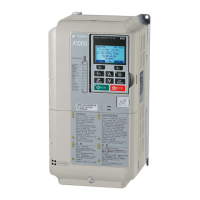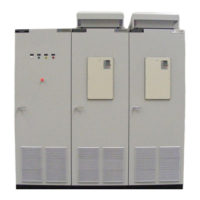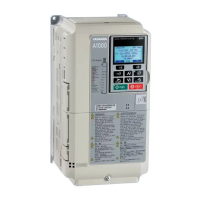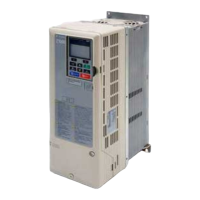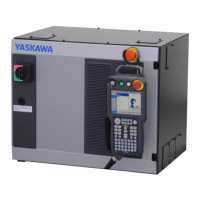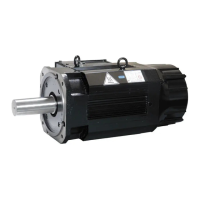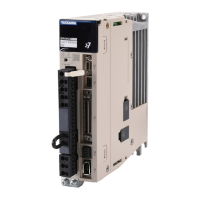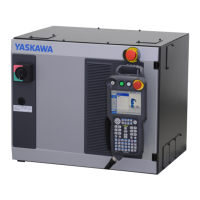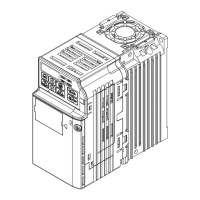H4-05 Multi-Function Analog Output Terminal AM Gain
H4-06 Multi-Function Analog Output Terminal AM Bias
H4-07
Multi-Function Analog Output Terminal FM Signal Level
Selection
H4-08
Multi-Function Analog Output Terminal AM Signal Level
Selection
H5-01 Drive Node Address
H5-02 Communication Speed Selection
H5-03 Communication Parity Selection
H5-04 Stopping Method After Communication Error (CE)
H5-05 Communication Fault Detection Selection
H5-06 Drive Transmit Wait Time
H5-07 RTS Control Selection
H5-09 CE Detection Time
H5-10 Unit Selection for MEMOBUS/Modbus Register 0025H
H5-11 Communications ENTER Function Selection
H5-12 Run Command Method Selection
H6-01 Pulse Train Input Terminal RP Function Selection
H6-02 Pulse Train Input Scaling
H6-03 Pulse Train Input Gain
H6-04 Pulse Train Input Bias
H6-05 Pulse Train Input Filter Time
H6-06 Pulse Train Monitor Selection
H6-07 Pulse Train Monitor Scaling
H6-08 Pulse Train Input Minimum Frequency
L1-01 Motor Overload Protection Selection
L1-02 Motor Overload Protection Time
L1-03 Motor Overheat Alarm Operation Selection (PTC input)
L1-04 Motor Overheat Fault Operation Selection (PTC input)
L1-05 Motor Temperature Input Filter Time (PTC input)
L1-13 Continuous Electrothermal Operation Selection
L2-01 Momentary Power Loss Operation Selection
L2-02 Momentary Power Loss Ride-Thru Time
L2-03 Momentary Power Loss Minimum Baseblock Time
L2-04 Momentary Power Loss Voltage Recovery Ramp Time
L2-05 Undervoltage Detection Level (Uv1)
L2-06 KEB Deceleration Time
L2-07 KEB Acceleration Time
L2-08 Frequency Gain at KEB Start
L2-10 KEB Detection Time (Minimum KEB Time)
L2-11 DC Bus Voltage Setpoint during KEB
L2-29 KEB Method Selection
L3-01 Stall Prevention Selection during Acceleration
L3-02 Stall Prevention Level during Acceleration
L3-03 Stall Prevention Limit during Acceleration
L3-04 Stall Prevention Selection during Deceleration
L3-05 Stall Prevention Selection during Run
L3-06 Stall Prevention Level during Run
L3-11 Overvoltage Suppression Function Selection
L3-17
Target DC Bus Voltage for Overvoltage Suppression and
Stall Prevention
L3-20 DC Bus Voltage Adjustment Gain
L3-21 Accel/Decel Rate Calculation Gain
L3-22 Deceleration Time at Stall Prevention during Acceleration
L3-23
Automatic Reduction Selection for Stall Prevention during
Run
L3-24 Motor Acceleration Time for Inertia Calculations
L3-25 Load Inertia Ratio
L3-26 Additional DC Bus Capacitors
L3-27 Stall Prevention Detection Time
L4-01 Speed Agreement Detection Level
L4-02 Speed Agreement Detection Width
L4-03 Speed Agreement Detection Level (+/-)
L4-04 Speed Agreement Detection Width (+/-)
L4-05 Frequency Reference Loss Detection Selection
L4-06 Frequency Reference at Reference Loss
No. Name
User
Setting
L4-07 Speed Agreement Detection Selection
L5-01 Number of Auto Restart Attempts
L5-02 Auto Restart Fault Output Operation Selection
L5-04 Fault Reset Interval Time
L5-05 Fault Reset Operation Selection
L6-01 Torque Detection Selection 1
L6-02 Torque Detection Level 1
L6-03 Torque Detection Time 1
L6-04 Torque Detection Selection 2
L6-05 Torque Detection Level 2
L6-06 Torque Detection Time 2
L6-08 Mechanical Weakening Detection Operation
L6-09 Mechanical Weakening Detection Speed Level
L6-10 Mechanical Weakening Detection Time
L6-11 Mechanical Weakening Detection Start Time
L7-01 Forward Torque Limit
L7-02 Reverse Torque Limit
L7-03 Forward Regenerative Torque Limit
L7-04 Reverse Regenerative Torque Limit
L7-06 Torque Limit Integral Time Constant
L7-07
Torque Limit Control Method Selection during Accel/
Decel
L8-01
Internal Dynamic Braking Resistor Protection Selection
(ERF type)
L8-02 Overheat Alarm Level
L8-03 Overheat Pre-Alarm Operation Selection
L8-05 Input Phase Loss Protection Selection
L8-07 Output Phase Loss Protection
L8-09 Output Ground Fault Detection Selection
L8-10 Heatsink Cooling Fan Operation Selection
L8-11 Heatsink Cooling Fan Off Delay Time
L8-12 Ambient Temperature Setting
L8-15 oL2 Characteristics Selection at Low Speeds
L8-18 Software Current Limit Selection
L8-19 Frequency Reduction Rate during Overheat Pre-Alarm
L8-27 Overcurrent Detection Gain
L8-29 Current Unbalance Detection (LF2)
L8-35 Installation Method Selection
L8-38 Carrier Frequency Reduction Selection
L8-40 Carrier Frequency Reduction Off-Delay Time
L8-41 High Current Alarm Selection
L8-55 Internal Braking Transistor Protection
n1-01 Hunting Prevention Selection
n1-02 Hunting Prevention Gain Setting
n1-03 Hunting Prevention Time Constant
n1-05 Hunting Prevention Gain while in Reverse
n2-01 Speed Feedback Detection Control (AFR) Gain
n2-02 Speed Feedback Detection Control (AFR) Time Constant 1
n2-03 Speed Feedback Detection Control (AFR) Time Constant 2
n3-01 High Slip Braking Deceleration Frequency Width
n3-02 High Slip Braking Current Limit
n3-03 High Slip Braking Dwell Time at Stop
n3-04 High Slip Braking Overload Time
n3-13 Overexcitation Deceleration Gain
n3-14
High Frequency Injection during Overexcitation
Deceleration
n3-21 High Slip Suppression Current Level
n3-23 Overexcitation Operation Selection
n5-01 Feed Forward Control Selection
n5-02 Motor Acceleration Time
n5-03 Feed Forward Control Gain
n6-01 Online Tuning Selection
n6-05 Online Tuning Gain
n8-01 Initial Rotor Position Estimation Current
n8-02 Pole Attraction Current
n8-35 Initial Rotor Position Detection Selection
No. Name
User
Setting
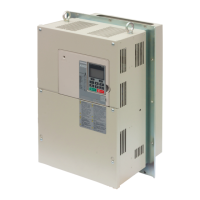
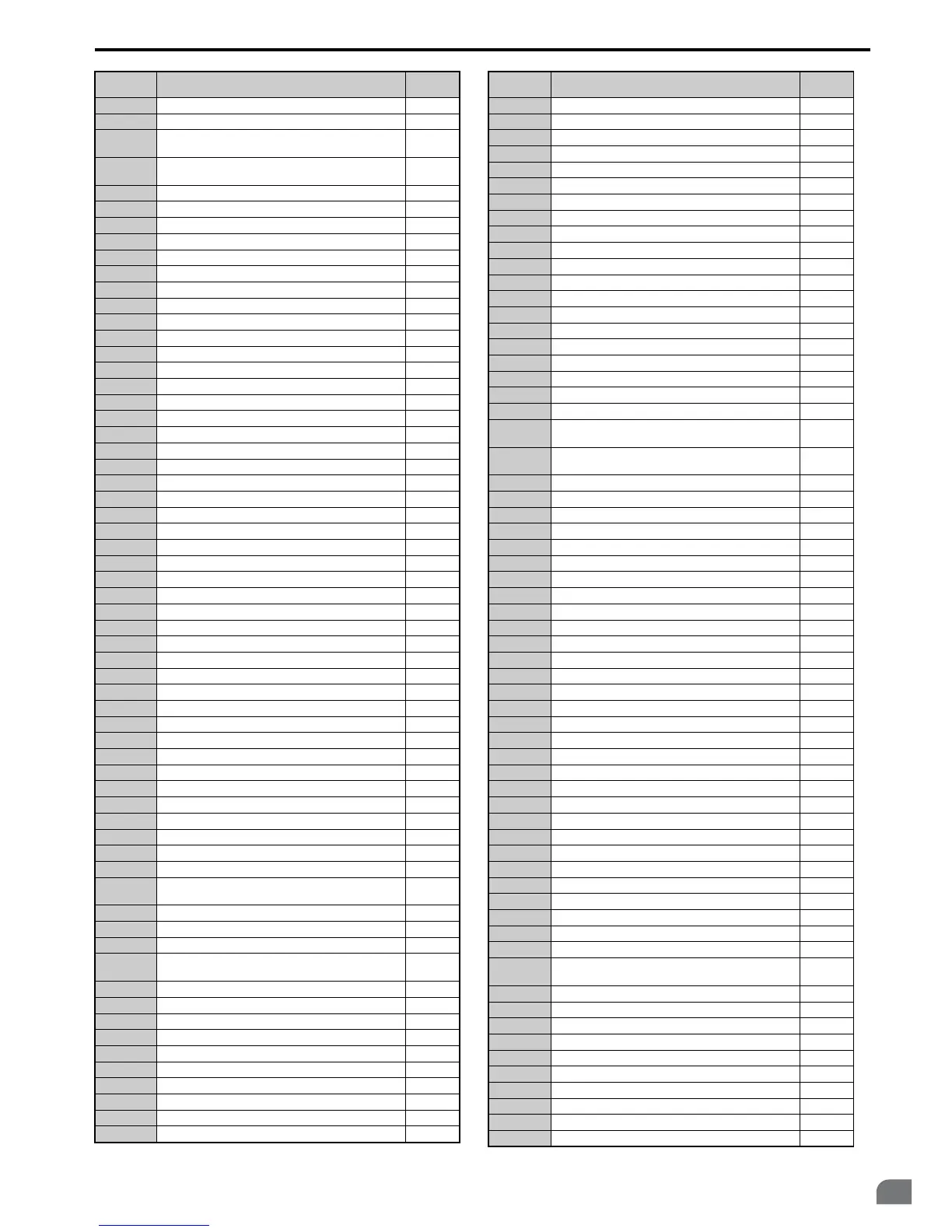